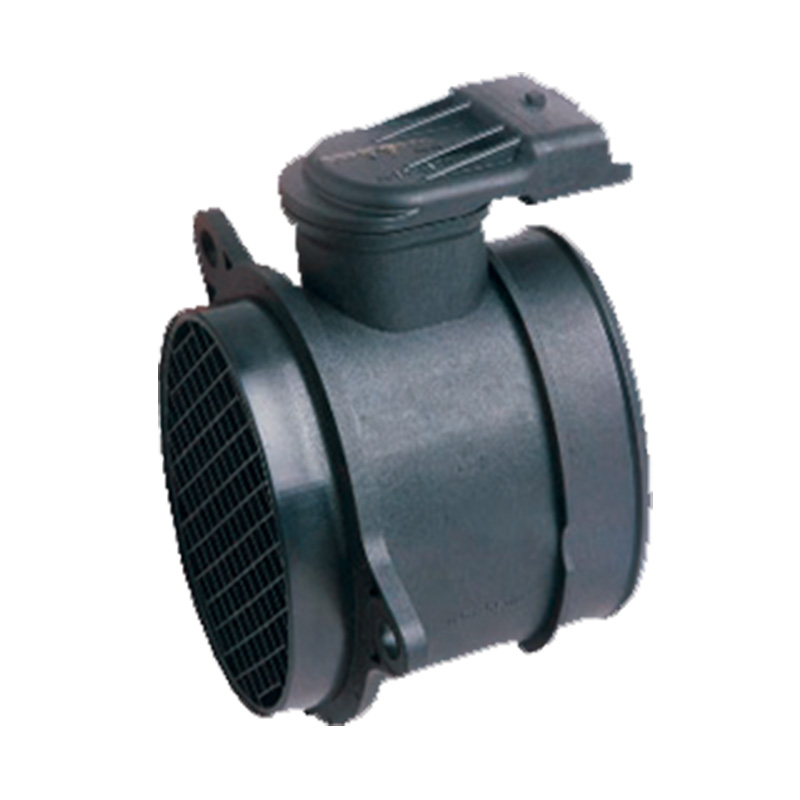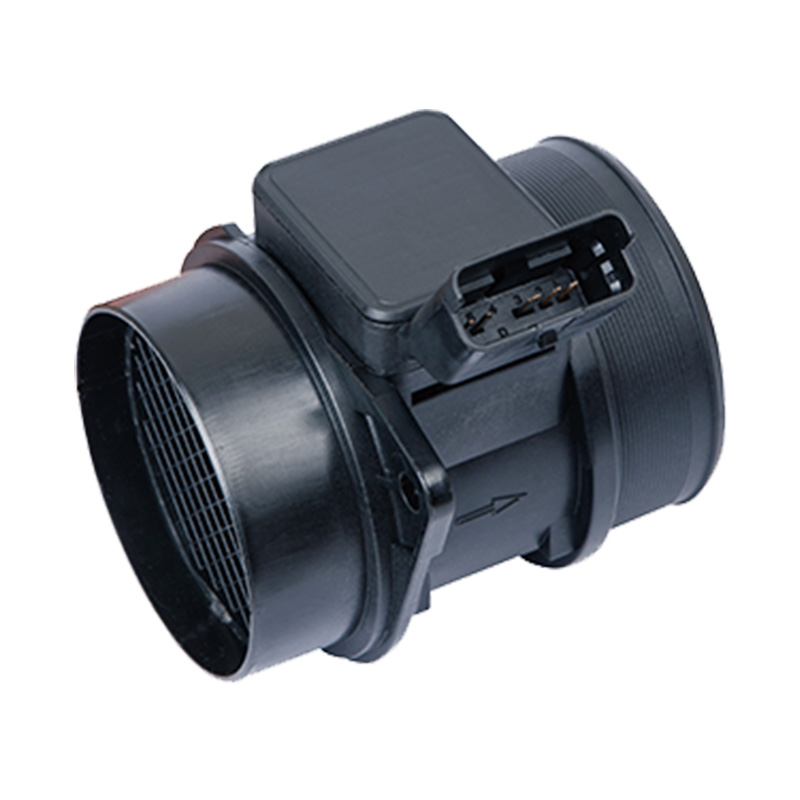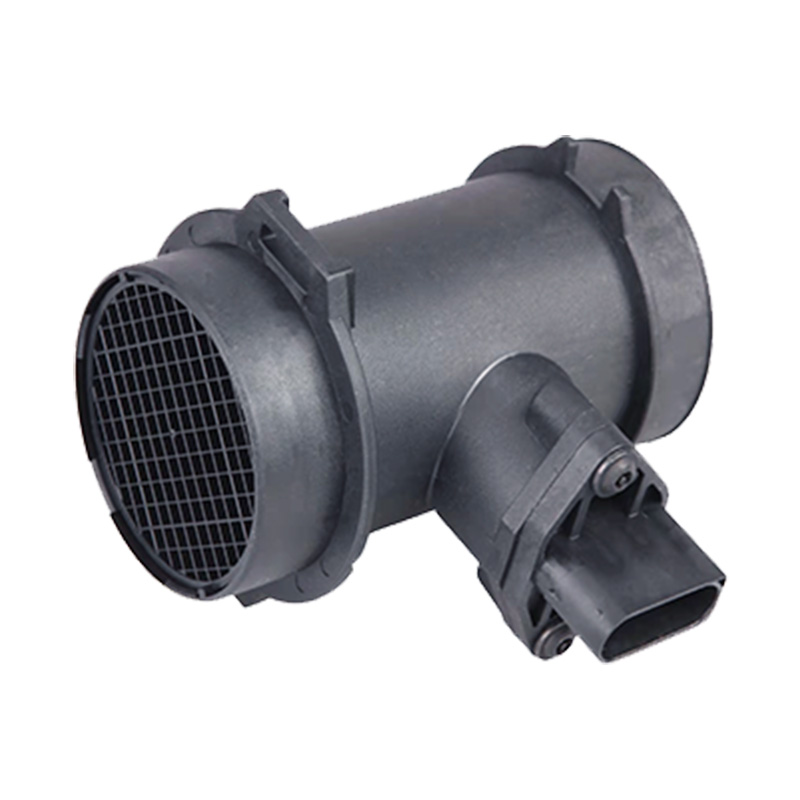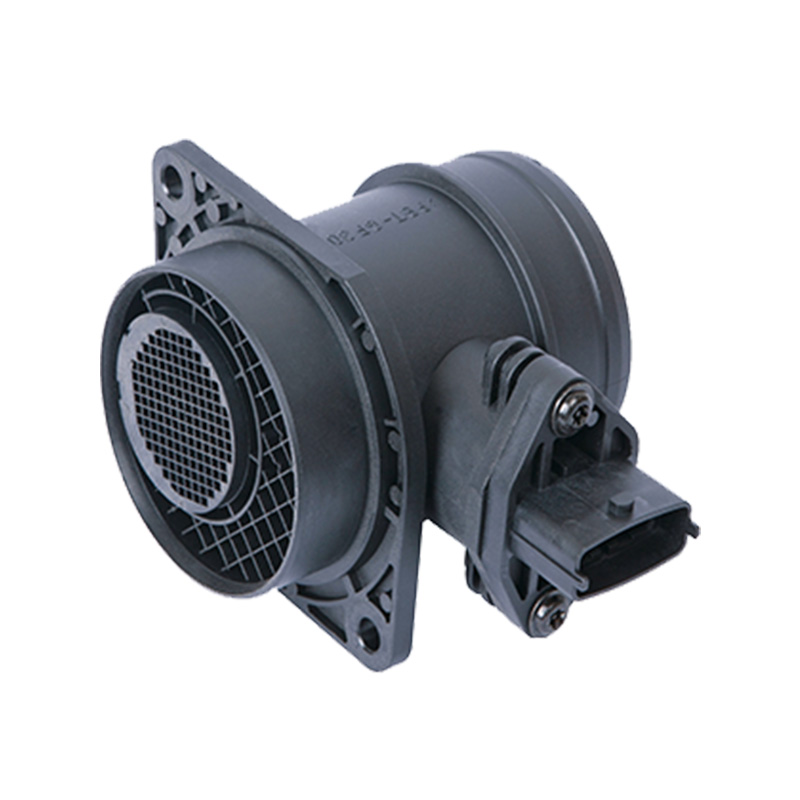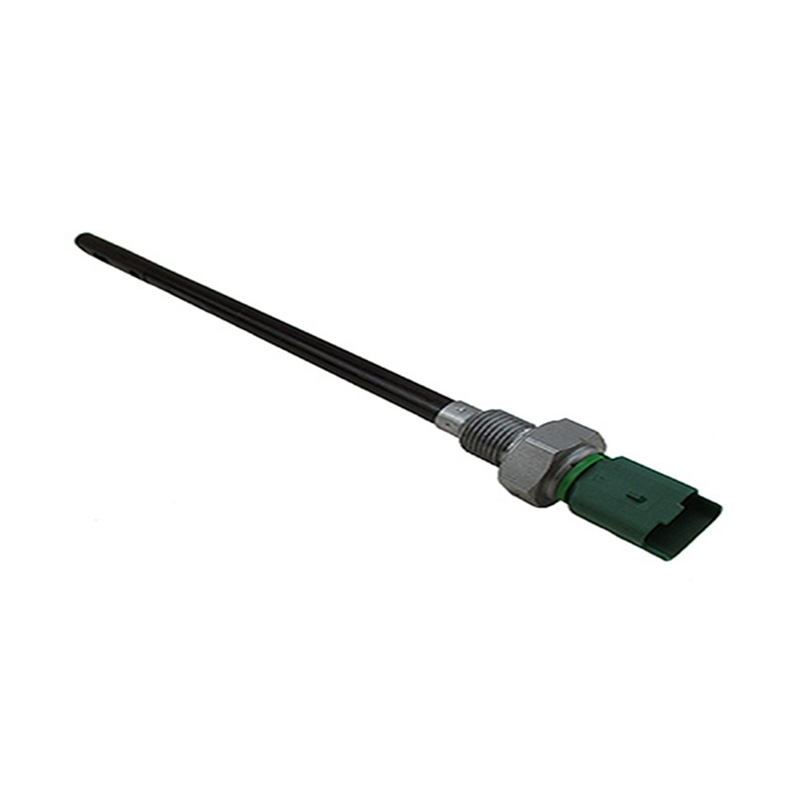OEM.NO: 0281 002 618
See DetailsEngine Efficiency with Real-Time Monitoring by Hot Wire Mass Air Flow Sensors
In the intricate web of automotive engineering, precision reigns supreme, particularly when it comes to optimizing engine performance. Hot wire mass air flow (MAF) sensors stand as champions of this precision, offering real-time monitoring capabilities that play a pivotal role in ensuring engines operate at peak efficiency. But how effectively can these sensors provide real-time monitoring while a vehicle is in operation?
Let's unravel the complexities of hot wire MAF sensors and delve into their capacity to deliver instantaneous, accurate data to fine-tune engine performance.
Understanding Hot Wire Mass Air Flow Sensors:
Hot wire MAF sensors are sophisticated devices employed in modern vehicles to measure the mass flow rate of air entering the engine. They utilize a heated wire or filament exposed to the incoming air stream, with the electrical resistance of the wire varying in response to changes in airflow velocity. This change in resistance is then translated into an electrical signal proportional to the mass flow rate of air, providing crucial data for engine control and fuel management systems.
Real-Time Monitoring Capabilities:
Instantaneous Data Acquisition:
One of the key features of hot wire MAF sensors is their ability to provide instantaneous data on airflow characteristics. As air flows past the heated wire, changes in resistance occur almost instantaneously, allowing the sensor to generate real-time airflow measurements. This rapid data acquisition enables the engine control unit (ECU) to make immediate adjustments to fuel injection, ignition timing, and other parameters to optimize engine performance.
Dynamic Response to Operating Conditions:
Hot wire MAF sensors exhibit dynamic response characteristics, meaning they can adapt to changes in operating conditions on the fly. Whether the vehicle is idling at a traffic light, cruising on the highway, or accelerating aggressively, the sensor continuously monitors airflow rates and adjusts its output accordingly. This real-time responsiveness ensures that the engine receives the precise amount of air required for combustion under varying load and throttle conditions.
Continuous Feedback Loop:
Hot wire MAF sensors are integral components of the engine control system's feedback loop, providing continuous feedback on airflow rates to the ECU. This feedback loop enables the ECU to maintain good air-fuel ratios in real-time, ensuring efficient combustion and minimizing emissions. By continuously monitoring airflow, the sensor helps prevent lean or rich fuel mixtures that can lead to reduced performance and increased fuel consumption.
Application in Vehicle Operation:
Idle Control:
During idle conditions, hot wire MAF sensors play a crucial role in controlling engine speed and stability. The sensor precisely measures the airflow entering the engine at idle, allowing the ECU to adjust fuel injection rates to maintain smooth operation and prevent stalling.
Acceleration Response:
When the driver demands increased power or acceleration, hot wire MAF sensors provide rapid feedback to the ECU to adjust fuel delivery accordingly. This ensures that the engine receives the good air-fuel mixture for responsive performance without hesitation or delay.
Cruise Control:
During steady-state cruising, hot wire MAF sensors help optimize fuel efficiency by providing accurate airflow measurements to the ECU. The ECU can adjust fuel injection rates and ignition timing to maintain good combustion efficiency, reducing fuel consumption and emissions during highway driving.
The hot wire MAF sensors offer high quality real-time monitoring capabilities that enable vehicles to operate with precision and efficiency. Their ability to provide instantaneous airflow measurements allows the engine control system to make dynamic adjustments to fuel delivery and ignition timing, ensuring good performance under all driving conditions. Whether idling, accelerating, or cruising, hot wire MAF sensors serve as vital components of the engine management system, contributing to smooth operation, fuel efficiency, and environmental sustainability.

